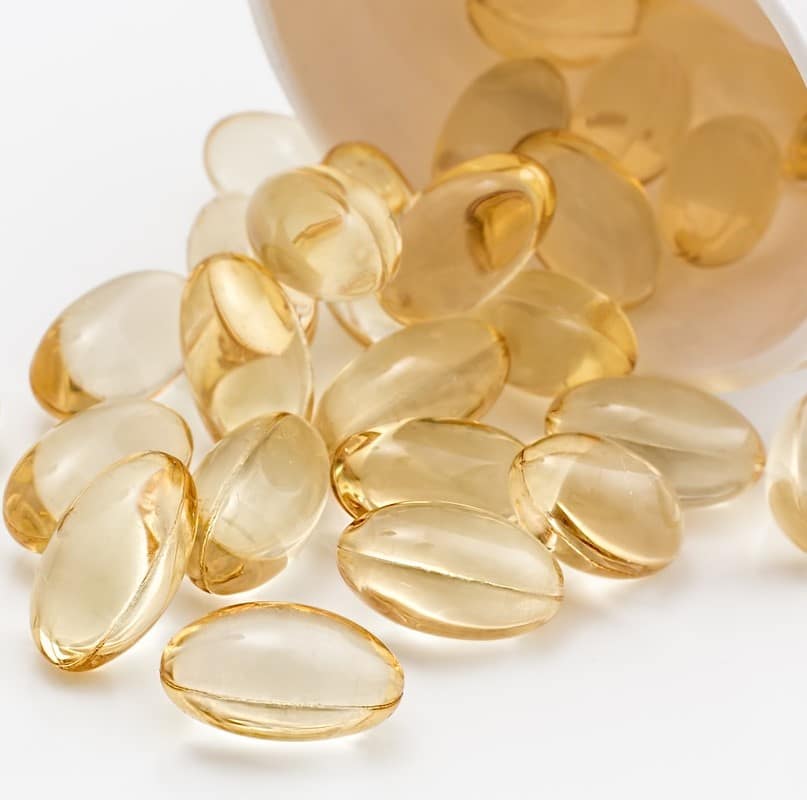So much of what is in the media is how fat is bad, how we need to deprive ourselves of it or fight it off. And although in some cases this is true, it’s not the whole story.
First off, fat is not your enemy, and if you want a healthy body, you need it! You need to eat healthy fats because your body can’t make its own.
Your body is relying on you to supply it with what it needs. And because your body stores fat for you to use as energy, you need to burn it off regularly.
It’s Necessary for Your Body to Be Healthy
You may be surprised to learn that fats support and are responsible for crucial processes in your body.
- Fats store energy.
- Fats insulate you and help regulate body temperature.
- They protect your vital organs and act as messengers.
- They help proteins do their jobs.
Fats also trigger chemical reactions that influence:
- Growth
- Immune function
- Reproduction
- Aspects of basic metabolism
The cycle of making, breaking, storing, and mobilizing fats is at the core of how humans and animals regulate their energy.
Fats Stockpile Beneficial “Fat-Soluble” Vitamins
For example, vitamins A, D, E, and K are fat-soluble vitamins. Are you starting to see the bigger picture? When your body is functioning correctly, and you are taking care of it properly, fat isn’t a problem.
It’s beneficial. However, when the fat-burning cycle gets out of balance, problems like heart disease and diabetes arise.
So, if Your Body Can’t Make It, How Does It Get There?
Fat gets into your body through the foods you eat. Fats occur naturally in foods, and there are four dietary types:
Saturated and Trans Fat
These types fall under the category of bad fats that raise LDL cholesterol.
Monounsaturated and Polyunsaturated Fatty Acids
These types include omega-3 fatty acids, which are considered good fats.
How Is It Digested?
When you eat a fat-containing food, the fat goes through is transformed into something that the body can use.
- It starts in your mouth. When you chew food, your teeth break the food into smaller pieces.
- Your saliva moistens the food, making it easier for it to move through your esophagus and into your stomach.
- The enzymes in your saliva break down the fat in your food.
- After the food moves down the esophagus into the stomach, it gets broken down further by the acids and enzymes produced by the stomach lining.
- After it is small enough, the food passes into the small intestine. This is where a majority of fat digestion happens, and nutrients are absorbed.
- Digestive juices from your liver and pancreas hang out in your small intestine.
- Enzymes produced by the pancreas break down:
- Fats
- Carbohydrates
- Proteins
- Bile produced by your liver digests fats and specific vitamins. And then, the fat and cholesterol are packaged into tiny particles called chylomicrons.
- After being digested, fatty acids pass through the lymph system.
- Your bloodstream carries them throughout the body to be used or stored for:
- Energy
- Cell repair
- Growth
- Your lymph system absorbs fatty acids to help fight infection.
- Adipose (fat tissue) pulls triglycerides from the chylomicrons. The chylomicron gets smaller and smaller, eventually leaving a remnant rich in cholesterol absorbed by the liver.
So, Now What?
Hungry cells capture most of the fatty acids and use them to provide more than half of the body’s energy needs.
Your body packages fatty acids that aren’t needed into bundles (triglycerides)—your body stores these bundles in fat cells with unlimited capacity.
Triglycerides
The triglycerides hang out in the fat cells until they receive an exit signal from lipase enzyme. When they receive the signal, the triglycerides break down into their essential components again and enter the bloodstream.
As they pass through the liver, it absorbs the glycerol component to break it down for energy. Also, your muscles use some of the fatty acids for energy.
Here’s Where It Gets Even More Interesting
During your childhood and adolescence, you accumulate anywhere from 20 to 400 billion fat cells. However, many fat cells you accumulate during that time will remain relatively constant for the rest of your life.
The size of your fat cells and the energy content housed in them can be manipulated; however, the number is pretty much set for life. When your body burns fat, surprisingly, the cells themselves do not go anywhere.
Although your body can create fat cells when it has gotten too full, your body never loses its cells. When you burn fat, you are using stored fat as energy.
When the stored fat is released, the cells shrink. They don’t get burned off. This is why you need to use the energy store in the cells.
Treating Your Body the Way It Deserves to Be Treated
Although we all have the same basic needs, everybody is different. Getting to know what your body needs is the key to optimal health.
When you are looking for answers, it can often seem like you are all alone. But you’re not! Living Well Dallas is here to help.
We’re here to tell you there are answers to your health issues. We specialize in helping you get to the root cause and restore health and vitality with:
We don’t prescribe quick fixes. We want to get to know you and help you understand what you can do to support your body to feel and look your best. Contact us for a consultation today!


